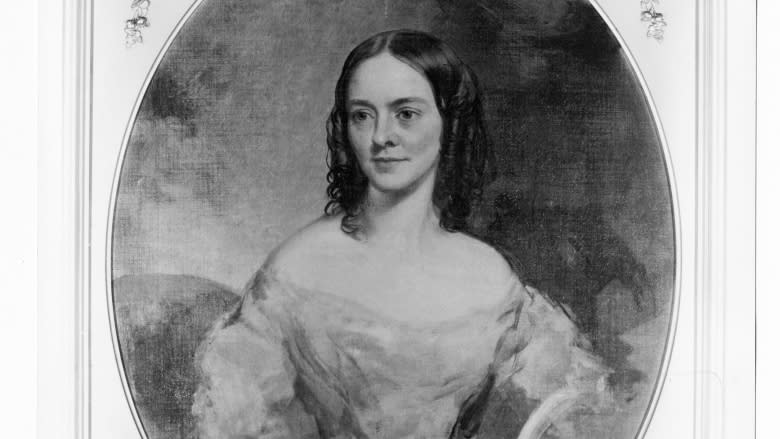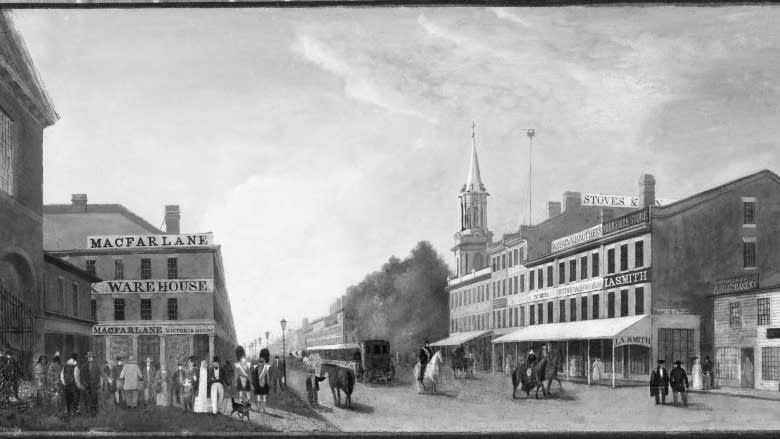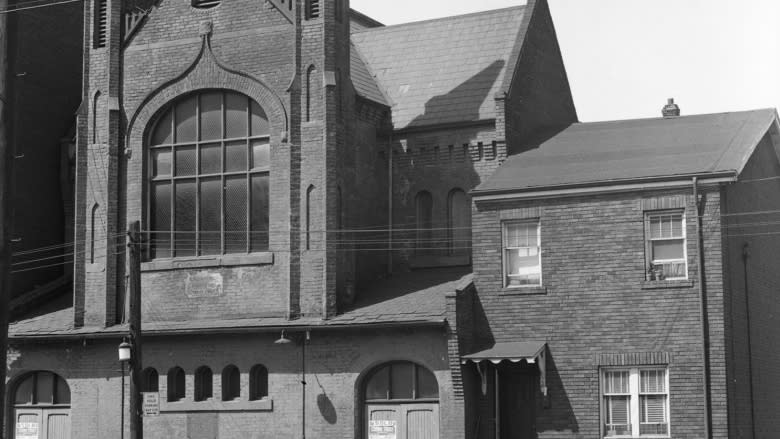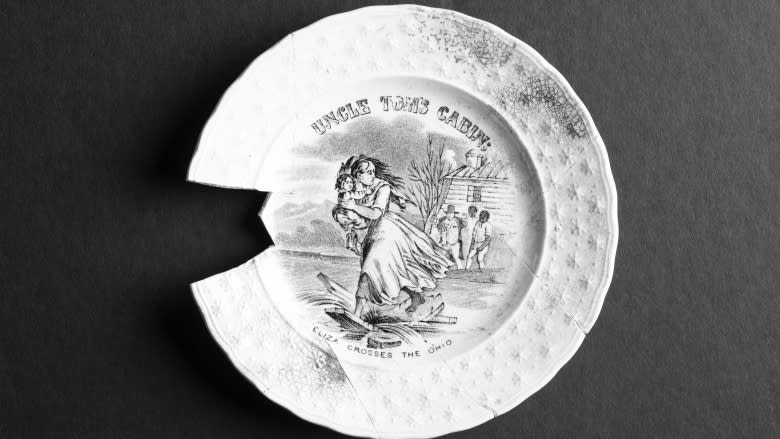Archeologist unearths epic story of slavery and freedom in Toronto
In the fall of 2015, her heart pounding, Karolyn Smardz Frost stood on an excavation site just behind Toronto's Osgoode Hall.
The site, a former parking lot surrounded by plywood barriers, was once part of St. John's Ward, a neighbourhood where thousands of immigrants to Toronto settled throughout the 1800s and into the mid-20th century. Now the area is known as Chinatown.
The excavation revealed hundreds of intersecting foundations of homes built and occupied by early immigrants, including many black people who had fled slavery in the American South.
With the help of black and white archival photographs, property records and fire insurance maps, Frost located the foundation of where Cecelia Jane Reynolds' house once stood.
"I'm imagining that 15-year-old girl walking around that property... Her first sight of that home would have been monumental," said Frost.
Frost, an archaeologist, spent eight years researching Reynolds, a former slave who came to Toronto in 1846 with the help of the Underground Railroad.
Frost had only begun writing her latest book, Steal Away Home, when Infrastructure Ontario decided to excavate the whole city block where Reynolds had lived.
"You couldn't make that happen if you tried," Frost said, still amazed at the synchronicity.
An unequal friendship
Frost's new book begins with Reynolds' relationship with her former owner, a wealthy, connected woman in Kentucky. Frost calls it a friendship, but reluctantly. 'It was very unequal," said Frost.
At the age of nine, Reynolds was given to Fanny Thruston, then almost 14, to be her personal maid. The two girls had grown up together, said Frost, but from then on, Reynolds would have addressed her former playmate as Miss Fanny, and Thruston's duties would have included training Reynolds and sometimes punishing her.
"Physical punishment," Frost adds. "In an unwaged labour system, physical punishment and selling slaves away from their family are the most important incentives for good behaviour."
Frost describes a young woman's drive for freedom so powerful it drove her away from the only life she had ever known.
Incentives for good behaviour
The new book, Frost's second, was written on the foundations of another she completed ten years earlier. I've Got A Home In Glory Land won a Governor-General's award for non-fiction in 2007.
That story grew out of yet another excavation site, conducted by Frost herself of the first Underground Railroad site ever uncovered in Canada.
The unearthing of the home of the young black couple, Lucie and Thornton Blackburn — who also came to Toronto via the Underground Railroad — led Frost to a stash of letters from Fanny Thruston to Reynolds, which became the basis of Steal Away Home.
Reynolds' side of the correspondence has been lost, but it was Reynolds who began the exchange in Toronto, where she learned to write — a skill her Kentucky masters were careful not to teach because it increased the risk that their slaves would escape.
"Having learned to read, the next thing she did," Frost said, "was write this series of letters to see how she could purchase the rest of her family's freedom."
By then, Reynolds was married to the man who helped her cross the border into Canada at Niagara.
The plan to escape slavery appears to have been made, said Frost, after a trip Reynolds took to Washington with Fanny Thruston.
'Sold down the river'
As her personal maid, Reynolds would have accompanied Thruston everywhere. In Washington, a major slave-trading centre in the American South, many visitors remarked on seeing numerous coffles — lines of slaves chained and driven along together.
"That's where we get our term, 'sold down the river'," Frost said, "our term for betrayal. It's from Kentucky. It was when Cecelia returned home from that trip that she first made a plan to leave."
But an earlier experience may have been even more searing. As a child, Reynolds watched her own father taken away in chains when he was no longer needed for the Thrustons' rope-manufacturing company.
"That incident, along with seeing her own father taken away when she was only six and sold," Frost said, "were probably key in her awareness of what it meant to be a slave."
At 15, the adolescent Reynolds decided that her next journey with Thruston to Niagara Falls would be her last as a slave.
A popular spot for wealthy American families, the Cataract House hotel in Niagara Falls was on the American side of the border.
Somehow, Reynolds got word through Underground Railroad operators in Kentucky that she would be coming to the hotel with her mistress. All the waiters at the Cataract were black. In Underground Railroad parlance, the head waiter was a station-master.
As a waiter on a steamboat that plied the waters of the Great Lakes, Benjamin Pollard Holmes arranged Reynolds' escape.
He was 36, she was 15; they fell in love.
"A May-September romance," Frost called it.
For Frost, another heart-stopping moment in her research came when she discovered their marriage certificate, dated November 18, 1946 at Toronto's St. James Cathedral.
A friendship distorted by slavery
As for the relationship between Reynolds and her former owner, Thruston, Frost said it endured until Thruston's death at 70 — a friendship distorted by slavery.
"The letters are warm and chatty," Frost said, "but it's chilling to read the letter from Fanny (now Ballard) when Cecelia writes to ask about the cost of purchasing her mother's freedom from Fanny. And Fanny writes back, telling her the cost is $600. Nothing about just letting Mary go. This was business."
In later years, Reynolds worked in the household of one of Thruston's friends, widowed first by Benjamin Pollard Holmes who died of a stroke, followed by the death of her second husband, likely killed at the hands of the Ku Klux Klan or the infamous Night Riders.
But Reynolds never returned to Thruston's home.
"Why not?" Frost asked. "It's interesting. But we don't know."
For Frost, she feels she came to know Reynolds almost like a sister while writing Steal Away Home.
"She was this brilliant, hardworking, persistent woman," said Frost. "In her quiet way, her life was about resistance to slavery and racial oppression."








